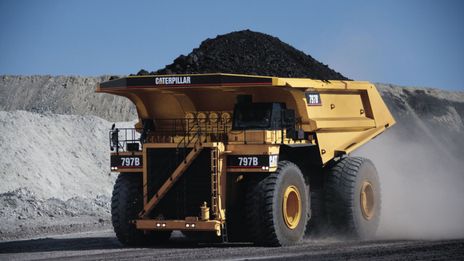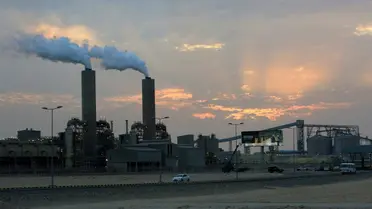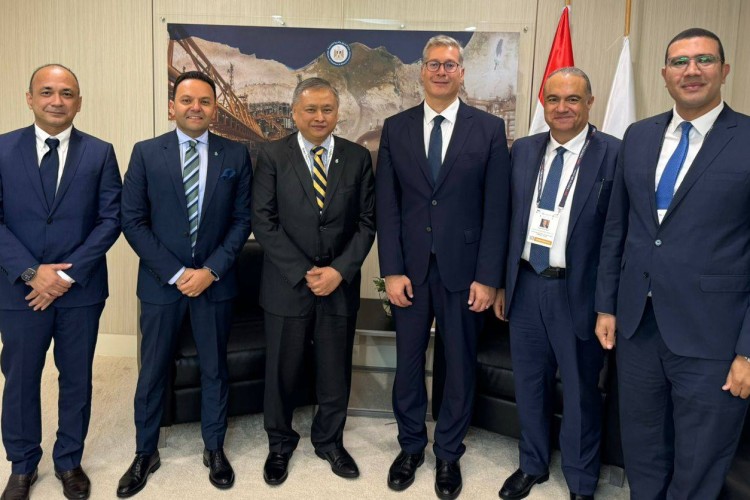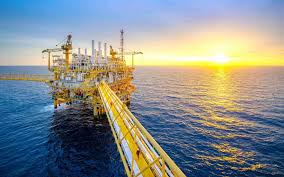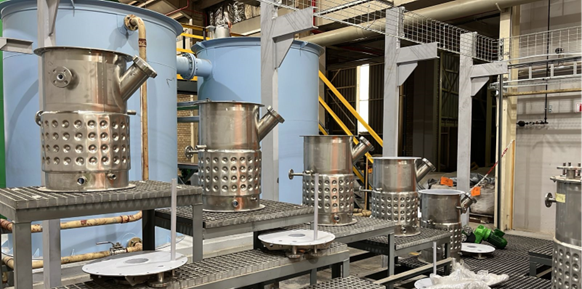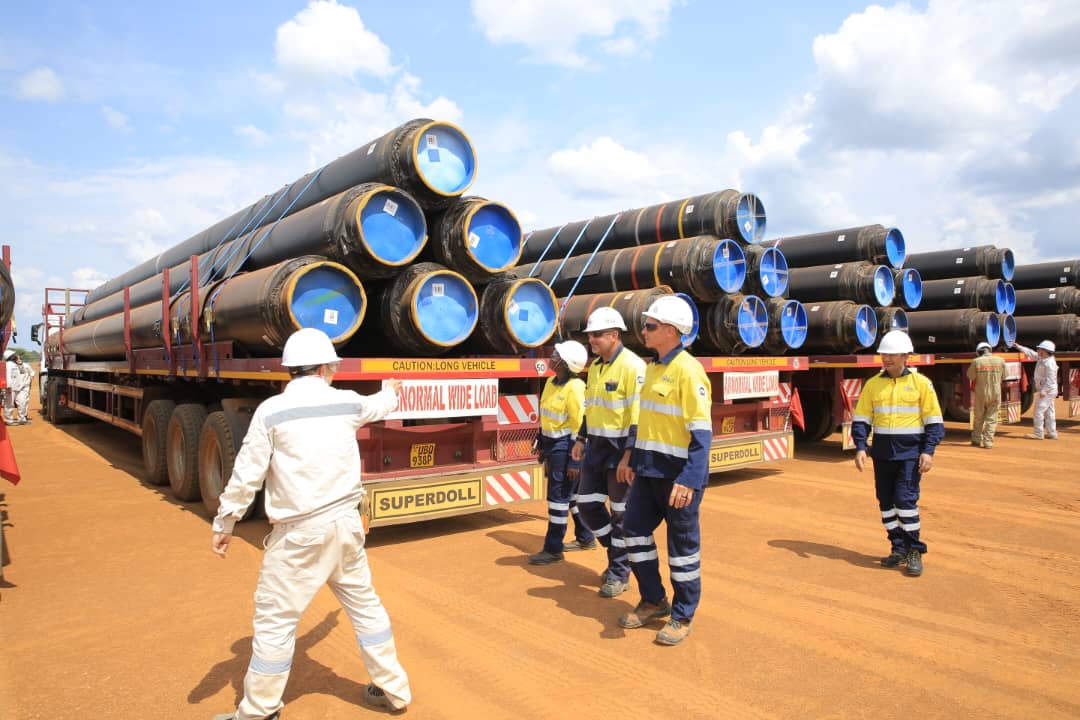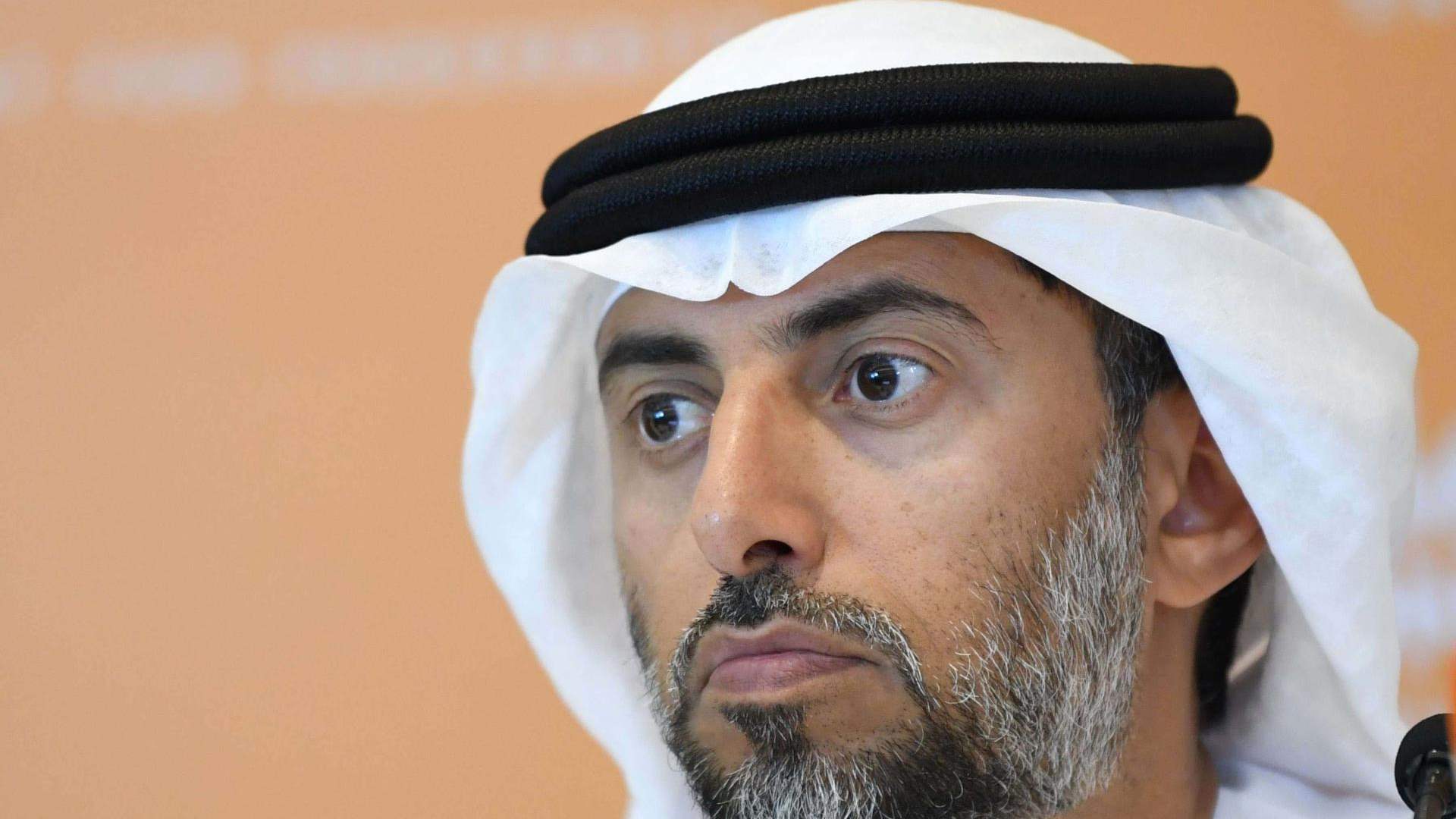Distribution

Africa’s new powerlines are arteries for renewable energy
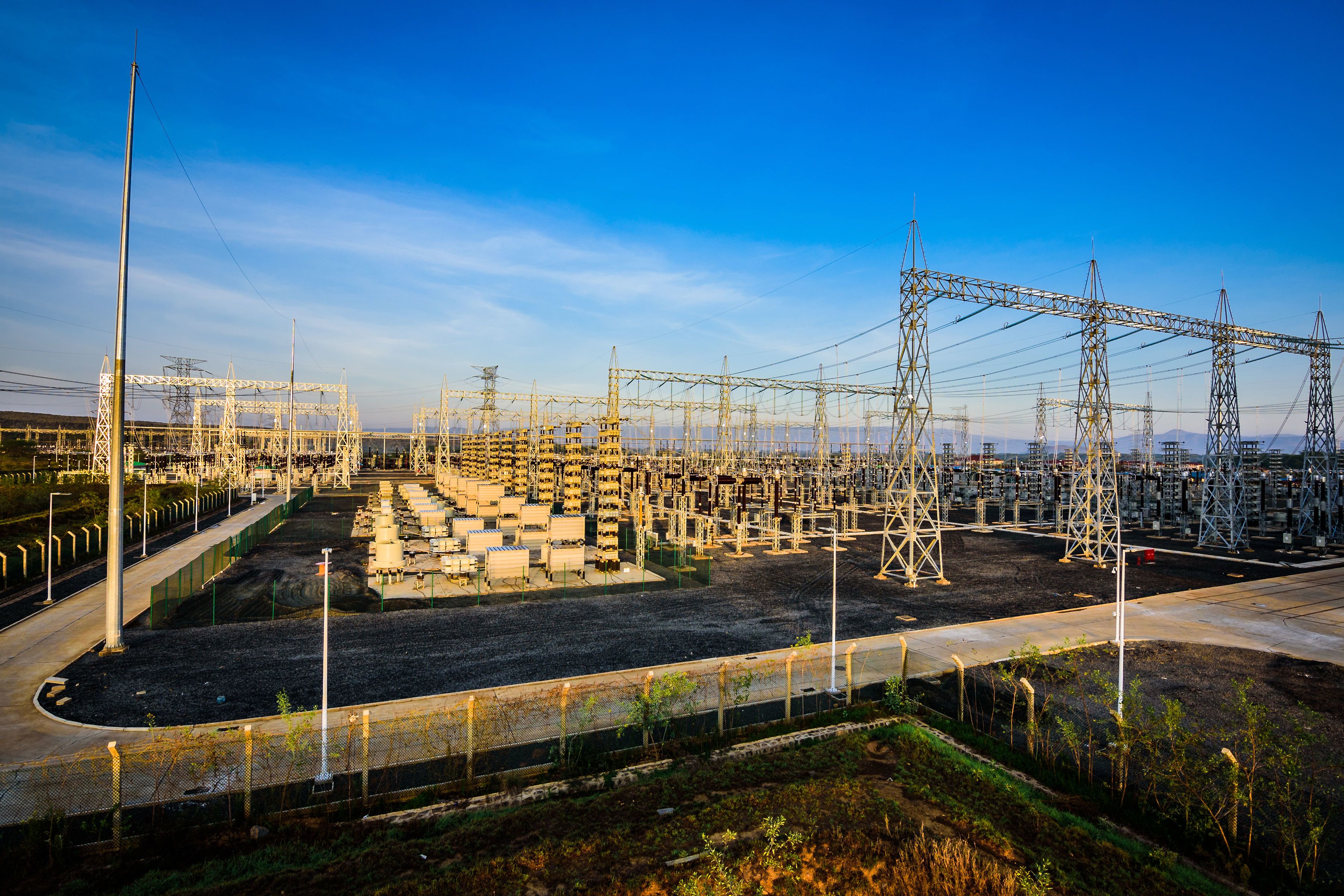
Southern Africa is building a network of cross-border powerlines to leverage its growing renewable energy capacity and move toward a regional power grid. Countries like Namibia, with its ambitious green hydrogen and solar plans, and Angola, with its proposed 600 MW Baynes hydropower plant, are generating more clean energy than they currently need domestically. These interconnectors are crucial for distributing this power to mining complexes, industrial hubs, and for selling surplus electricity across borders, enhancing regional energy security.
The strategic value of this interconnected grid extends beyond mere power sales. According to Darryll Kilian of SRK Consulting, this infrastructure provides vital network resilience. If one country experiences temporary shortages due to equipment failure or drought impacting hydropower, it can import electricity from neighbors, ensuring a more stable and reliable power supply across the Southern African Development Community (SADC) region.
Substantial progress is being made on specific interconnector projects. The Mozambique-Malawi Interconnector has reached financial close and begun construction, while the Zambia-Tanzania and Angola-Namibia interconnectors have completed feasibility and environmental studies. This momentum is supported by institutions like the World Bank, which has invested nearly $30 million in the Southern African Power Pool (SAPP) to accelerate such projects.
The successful implementation of these large-scale infrastructure projects hinges on rigorous early-stage planning, particularly environmental and social impact assessments (ESIAs). As Kavandren Moodley, a principal environmental scientist at SRK, explains, these studies are critical for identifying potential "fatal flaws"—such as community displacement or biodiversity risks—early in the process. This allows for adjustments to transmission line routes and project designs before significant resources are committed.
Lenders and investors now require strict compliance with international standards, making these comprehensive assessments non-negotiable. By benchmarking projects against frameworks like the IFC Performance Standards and the Equator Principles, developers can secure funding and avoid costly delays and redesigns that occur when environmental or social issues are discovered late in the project lifecycle.
Ultimately, this drive for a connected energy network is a powerful catalyst for sustainable growth in Africa. By unlocking renewable energy potential and facilitating cross-border electricity trade, these powerlines not only attract investment and create jobs but also build regional resilience against the impacts of climate change, such as the droughts that threaten hydropower-dependent nations.





